Which invasive species affect Yoho national park?
by OB 2020-06This playlist will be on invasive species and how they affect Yoho national park.
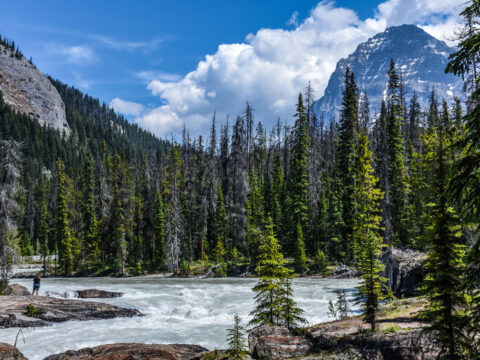
2In 2 playlists
By OB 2020-06
Yoho is situated by the western side of the Canadian Rocky Mountains. Picturesque mountains, extensive hikes and massive cliffs draw visitors from around the globe. With exceptional hiking and sightseeing, the park offers a different and beautiful glimpse of Canada’s natural wonders. Visitors can even see remnants of ancient ocean life from when Yoho was deep underwater.

2In 2 playlists
By OB 2020-06
Invasive species are organisms that are brought from other countries and are damaging the ecosystem. Invasive species can be animals or plants. Some examples in B.C would be broom (Cytisus Scoparius) found on Vancouver Island, yellow toadflax (Linaria Vulgaris) found in Yoho, and also Canada thistle (Cirsium Arvense)or creeping thistle.
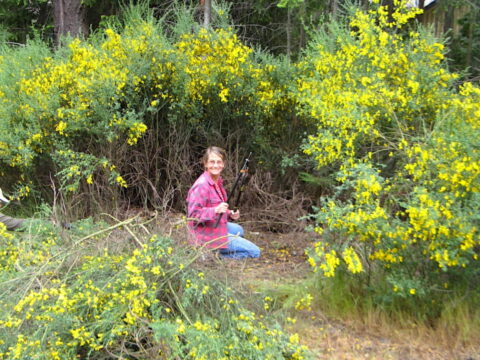
2In 2 playlists
By OB 2020-06
According to the World Conservation Union, “Invasive species are the second most significant threat to biodiversity, after habitat loss.” When invasive species are introduced to a new ecosystem, they can completely take over that ecosystem. As a result, parts of the ecosystem work much harder to stay alive and in some cases die.

2In 2 playlists
By OB 2020-06
One way that invasive species have spread quickly is global trade. High populations of humans in dense areas are having a huge impact on the spread of invasive plants. This is happening because big cities are receiving trade from all over the world. Many small insects and aquatic animals camp out on cargo ships while they make their journey across the world's vast oceans. This map is a great way to visually see the spread of invasive species. Places like California and Florida with several high density cities have an overwhelming amount of invasive species.
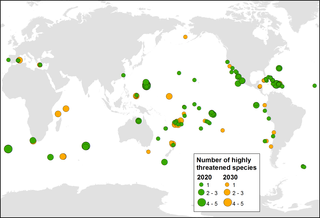
2In 2 playlists
By OB 2020-06
Islands are another area that have a high population of invasive species. This is because an island limits the immigration of new species. This causes the invasive organisms to roam free with no competitors and dissipate the thriving native ecosystem. On this map you can see species that are being eradicated because of invasive species, a handful of these organisms can be found on islands.

2In 2 playlists
By OB 2020-06
Surprisingly enough some invasive species can spread in strange ways. Everyday items such as running shoes, aquariums, christmas trees, and firewood are all playing a huge role in the spread of invasive species. Christmas trees are one of the biggest factors in spreading invasive species. Grubs and other invasive species get caught up in the wooden bases. These trees travel from China to Northern America bringing invasive species into a thriving ecosystem. This is one example of how invasive species are spreading.
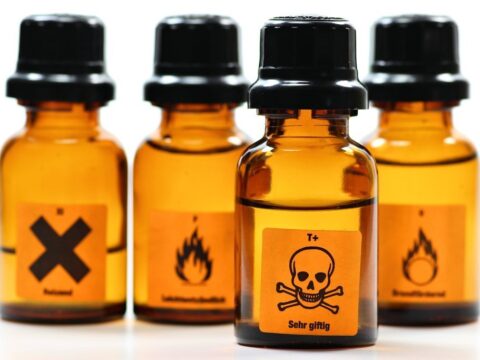
2In 2 playlists
By OB 2020-06
The government has come up with numerous gameplans to control the spread of invasive species. One example is the use of chemicals to eliminate invasive species. The chemical grouping herbicides can be used to eradicate certain plant species without affecting other native species. For example the use of glyphosate herbicides have helped reduce the amount of Canadian Thistle.
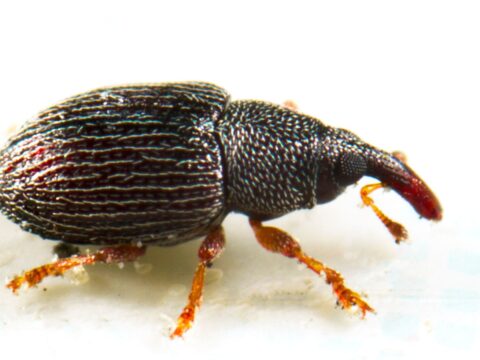
2In 2 playlists
By OB 2020-06
Another strategy to control invasive species is releasing weevils into Yoho national park. Weevils are small beetles that have an elongated snout and normally measure around 6 cm in length. Canada chose this species because they can dissipate the yellow toadflax and other weeds. The name for using organisms to eliminate invasive species is called ‘Biological control’.
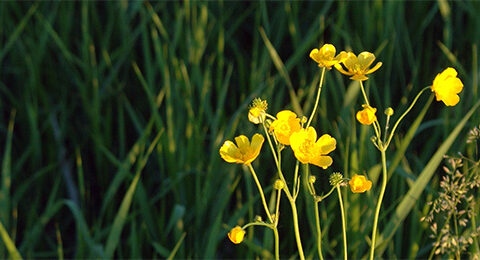
2In 2 playlists
By OB 2020-06
Tall buttercup or Ranunculus acris is native to Europe and temperate Asia. This species was introduced to countries all over the world including Yoho national park. The tall buttercup can grow up to 30 to 70 cm with green stems and yellow flowers. It is somewhat poisonous to animals and can cause blistering through touch.

2In 2 playlists
By OB 2020-06
Canada thistle (Cirsium arvense) is a root-creeping perennial. A perennial is a plant that has a biological cycle of approximately 4 years. “Thickets of thistle crowd out forage grasses in pastures and rangelands, reducing crop yields and productivity.” The Canadian Thistle is most commonly found near roadsides, riverbanks and plowed fields. It has purple or white flowers and grows up to 2m in height. This species has become a serious issue in Yoho national park.
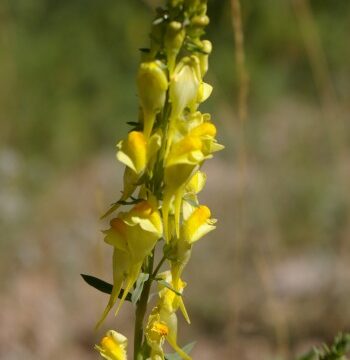
2In 2 playlists
By OB 2020-06
Yellow Toadflax also known as Linaria Vulgaris is a common species that normally measures from 2 cm to 3.5 cm for its flowers and 10 cm to 80 cm in height. This botanical is used as medicine for digestive and urinary tract disorders. The yellow Toadflax originated in Europe, Siberia and Central Asia now it has become an invasive species in Yoho national park. Yellow Toadflax is very aggressive and can take over the area around it.
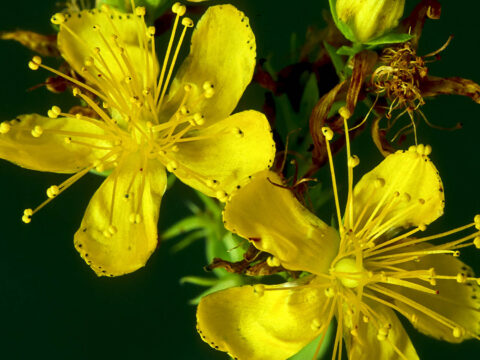
2In 2 playlists
By OB 2020-06
Saint John's Wart (Hypericum Perforatum) is an invasive species which originated in eastern Canada and has been creeping west. It is used commonly in anti depressants in Europe. In the United States it is also used in dietary supplements. This plant is distinguishable by its transparent dots on the leaves. St John’s Wart can grow up to 1 m in height and has yellow flowers.
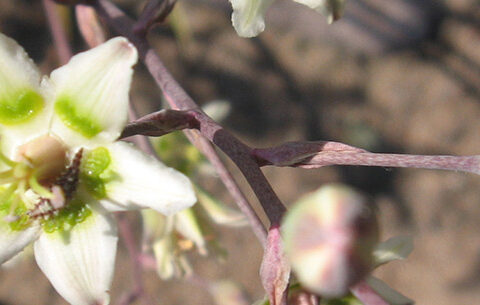
2In 2 playlists
By OB 2020-06
Leafy Spurge (Euphorbia Esula) is native to central and southern Europe. This species was introduced to Canada approximately 70 years ago. In Saskatchewan alone, there were over 20,000 acres of Leafy Spurge. The stem is poisonous and causes a severe rash to the skin when there has been direct contact. The seeds are distributed by the seed pods exploding and sending seeds everywhere within a 5-meter radius. It is a very aggressive species and can kill the plants around it.
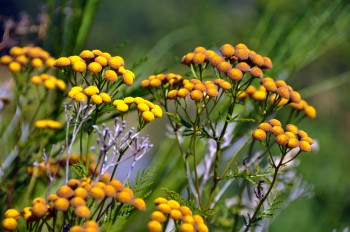
2In 2 playlists
By OB 2020-06
Common Tansy also known as Tanacetum Vulgare is a perennial. A Perennial is a species that has a biological cycle of approximately 4 years. The Common Tansy can range in height from 0.4 to 1.5 metres. This species is used in medicine to treat roundworms and threadworms. The Common Tansy originated in Europe and was brought over to North America in the 1600s. This botanical is transferred by birds which causes it to flourish in Yoho national park
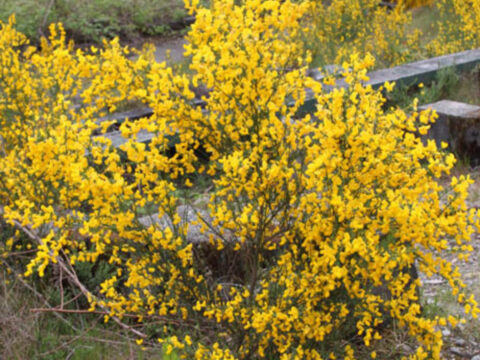
2In 2 playlists
By OB 2020-06
Cytisus Scoparius which is commonly known as Scotch Broom. It is native to Western and Central Europe. From afar they look beautiful, but up close you can see how dense it is and how it is crowding out the plants underneath it. Because it is so dense the plants under this species do not get any sunlight and space to grow. This organism looks like a yellow explosion and thrives in hot and somewhat dry areas. This botanical is quite commonly found in Yoho national park.
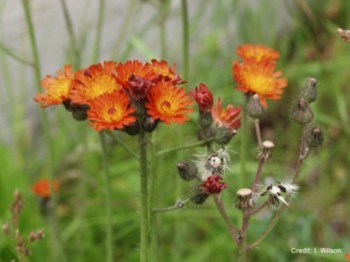
2In 2 playlists
By OB 2020-06
Orange Hawkweed also known as Pilosella aurantiaca is a perennial. This species belongs to the daisy family Asteraceae. The Orange Hawkweed measures from 30-60 cm in height with orange flowers. This plant is native to southern Europe and is spreading rapidly all over north america. This species is especially an issue in Yoho national park.
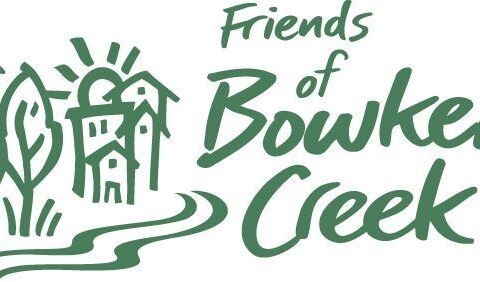
2In 2 playlists
By OB 2020-06
In order to take the next step to make an impact in your community you would have to do research on the invasive species in your own area. Once you have discovered these organisms you would remove them from the ecosystem. For example in my neighbourhood the science disco class consistently removes invasive species from bowker creek, just recently we went down to bowker creek and removed dandelions.

2In 2 playlists
By OB 2020-06
Organisms: an individual animal, plant or single-celled life form.“Google dictionary”
Perennial: A perennial is a plant that lives for more than 2 years.
Biological Control: Biological Control is a method of controlling invasive species with other species.
Biodiversity: is the variety in an ecosystem, for an organism more biodiversity is better
Ecosystem: a community of organism interacting with each other
Glyphosate herbicides: A herbicide is a poison for plants. And Glyphosate is one of the most common
